Air Fryer Baked Potato
 These quick Air Fryer Baked Potatoes get deliciously crispy skin on the outside with and fluffy insides. Season then serve as a main dish or side. Want more easy side dishes? Try Roasted Vegetables, Balsamic Roasted Carrots, Buttermilk Cornbread, or Broccoli Apple Salad. How to cook Baked Potatoes in Air Fryer: Prep Potatoes: Choose potatoes…
These quick Air Fryer Baked Potatoes get deliciously crispy skin on the outside with and fluffy insides. Season then serve as a main dish or side. Want more easy side dishes? Try Roasted Vegetables, Balsamic Roasted Carrots, Buttermilk Cornbread, or Broccoli Apple Salad. How to cook Baked Potatoes in Air Fryer: Prep Potatoes: Choose potatoes…
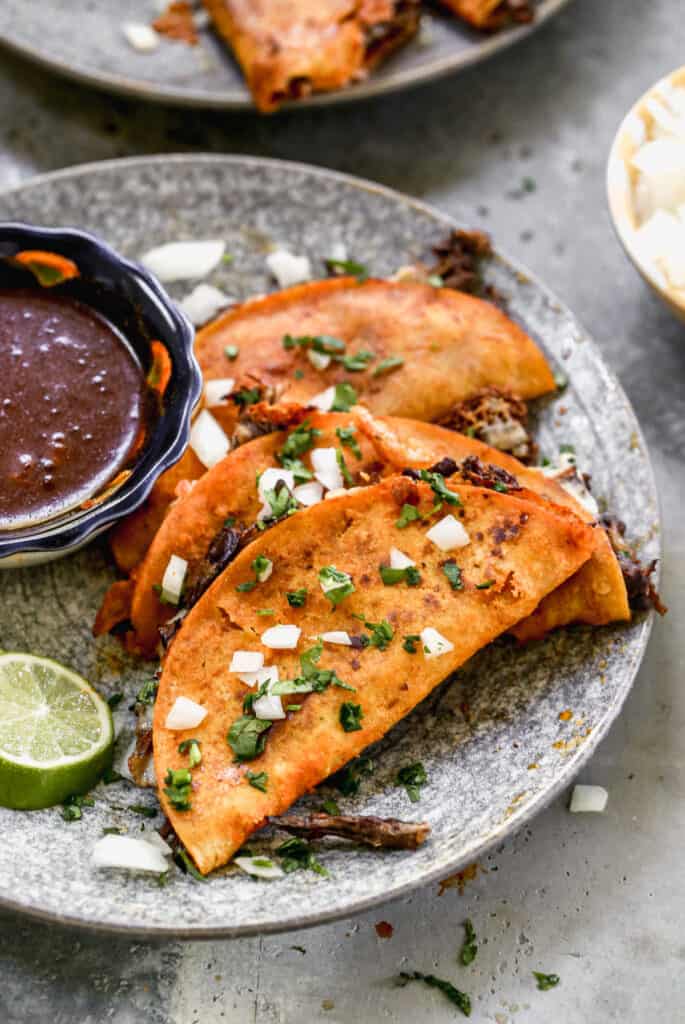
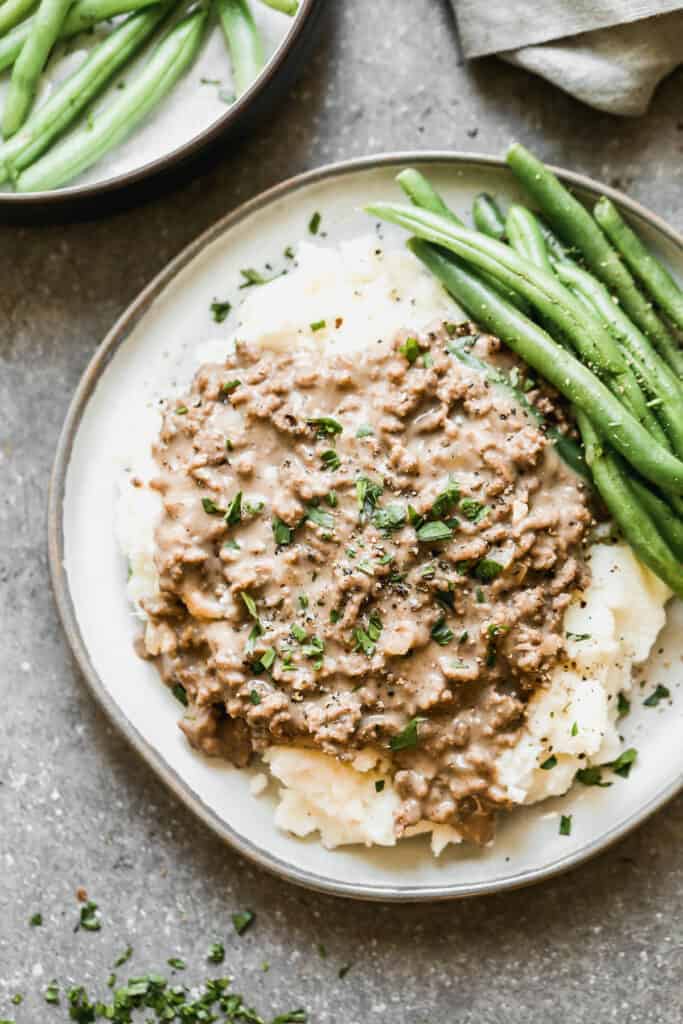


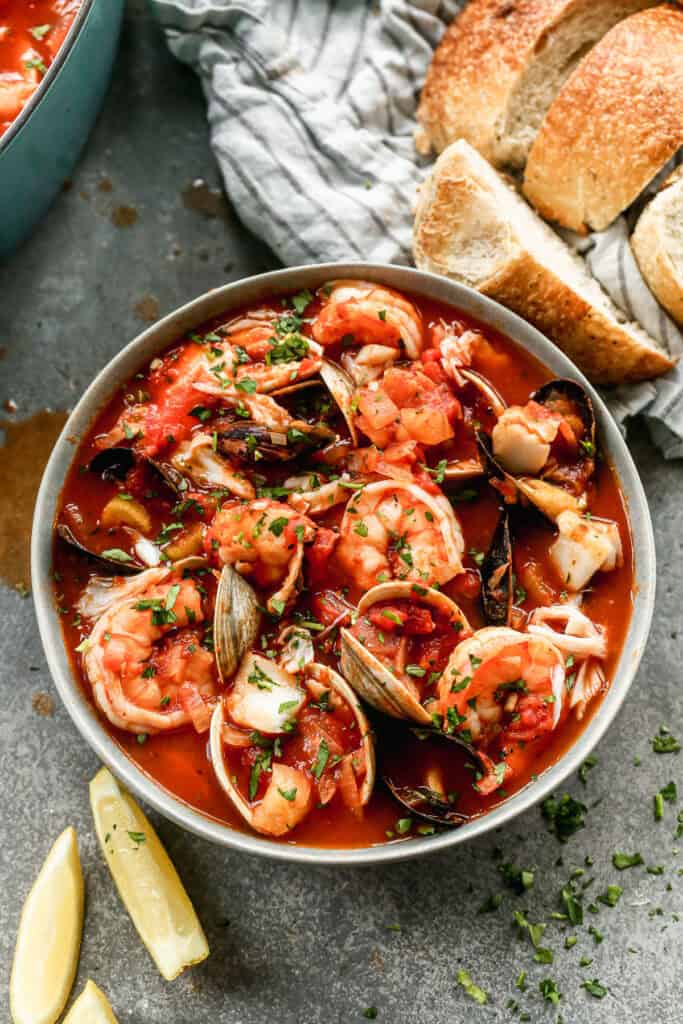
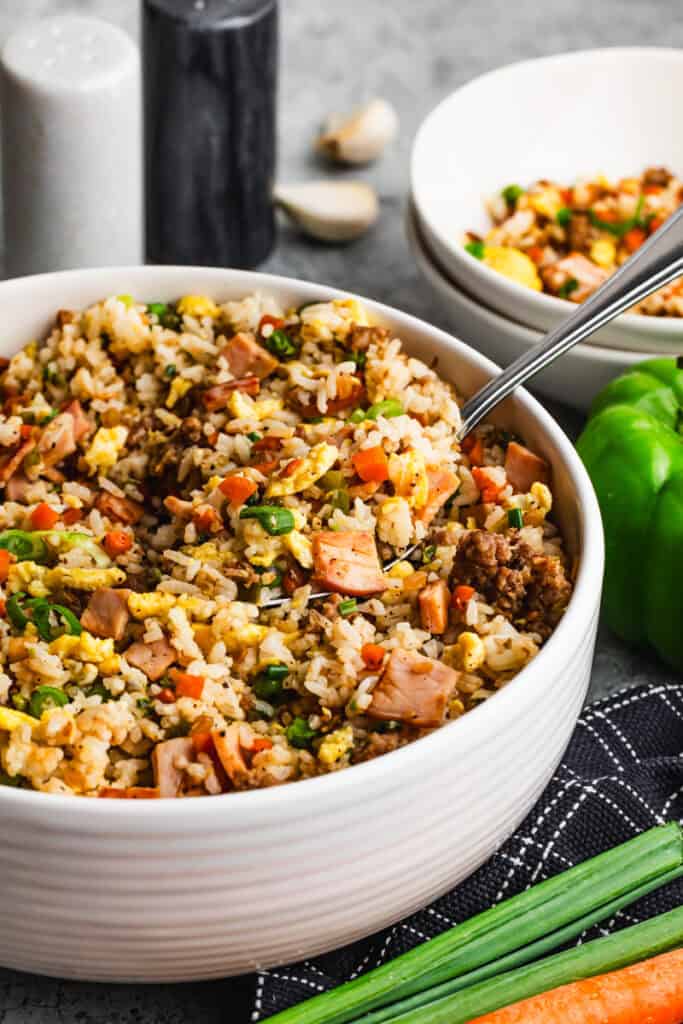
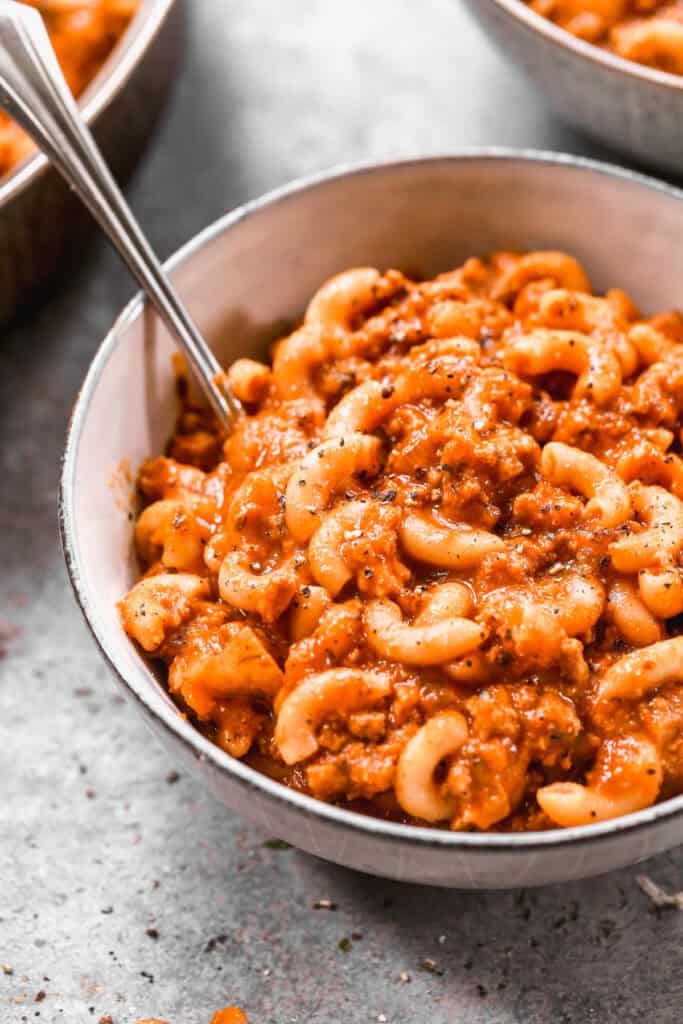






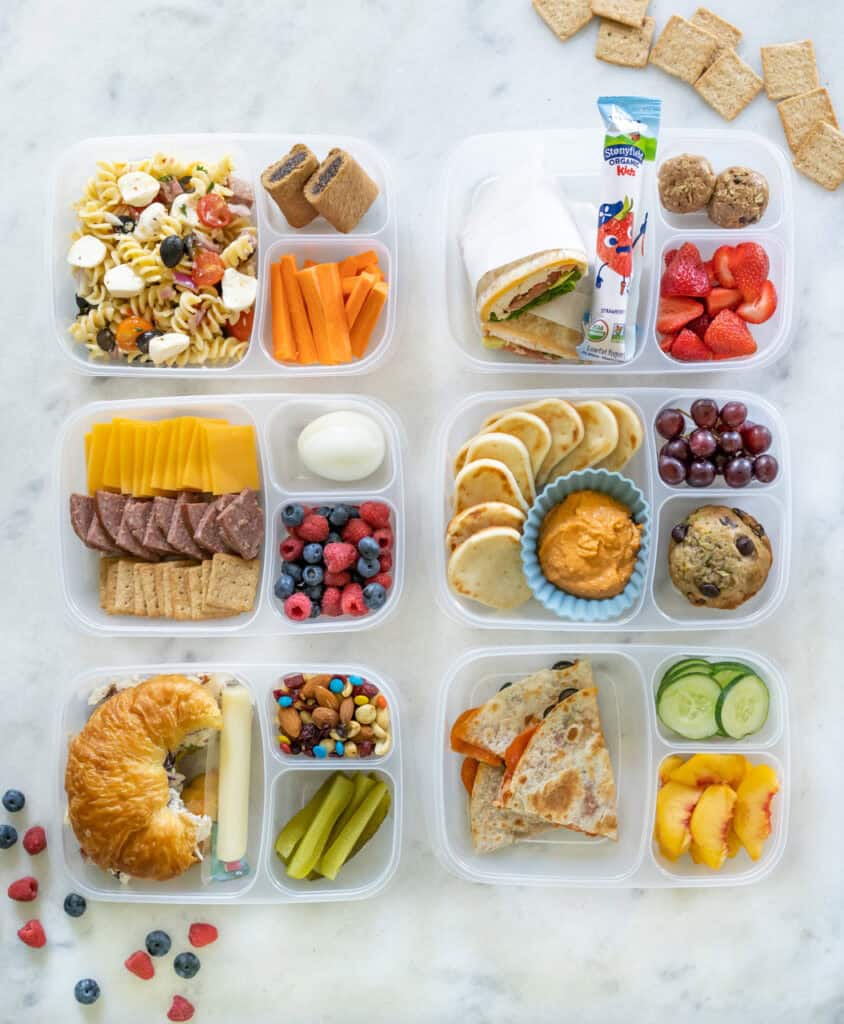
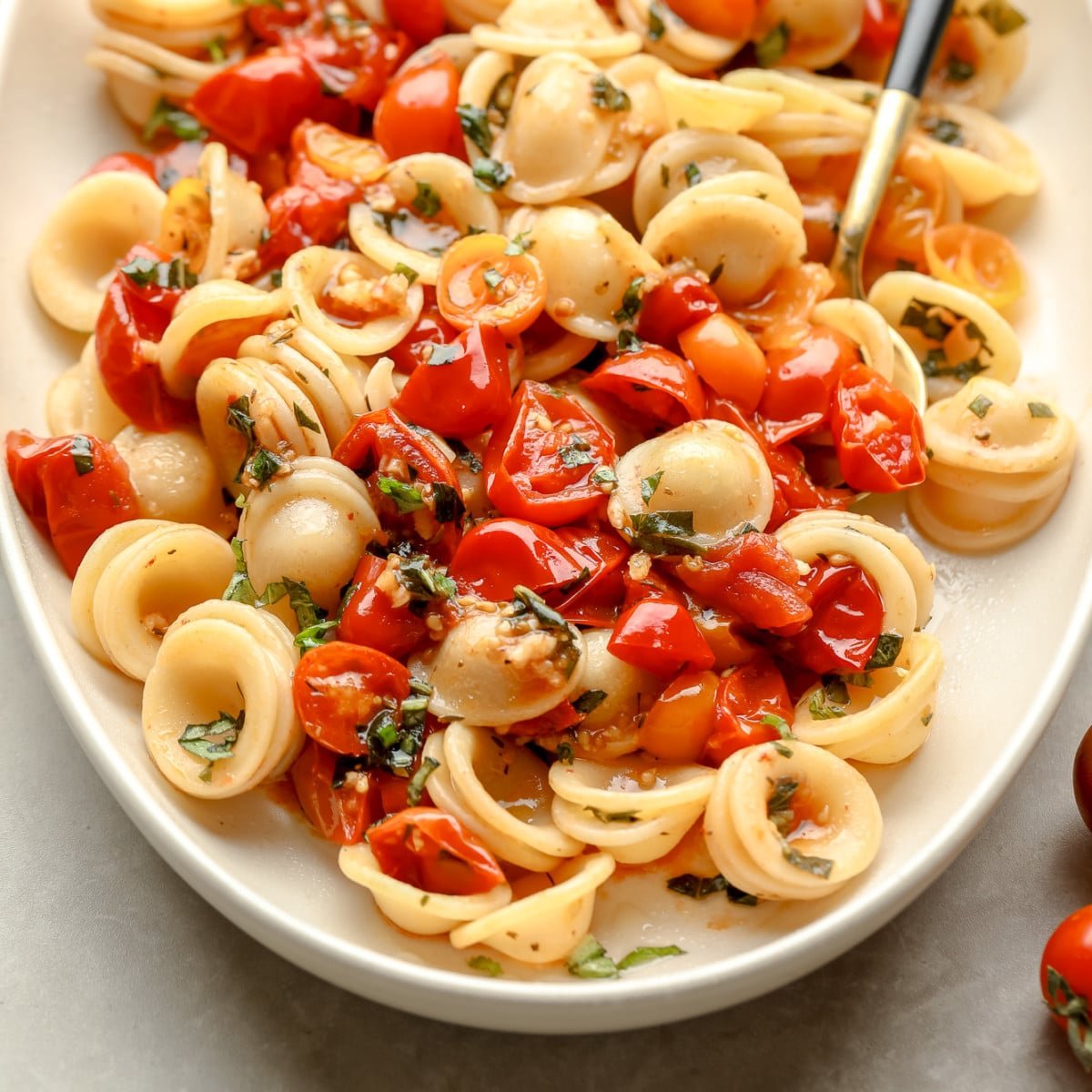 Make this super simple 30-minute Roasted Tomato Pasta for an unforgettable late summer dinner! With beautifully blistered roasted tomatoes, garlic, herbs, and al dente pasta in every bite, you’ll be making this recipe on repeat. Looking for more light and fresh pasta recipes to add to your dinner menu? Check out my Green Pasta, 15…
Make this super simple 30-minute Roasted Tomato Pasta for an unforgettable late summer dinner! With beautifully blistered roasted tomatoes, garlic, herbs, and al dente pasta in every bite, you’ll be making this recipe on repeat. Looking for more light and fresh pasta recipes to add to your dinner menu? Check out my Green Pasta, 15…

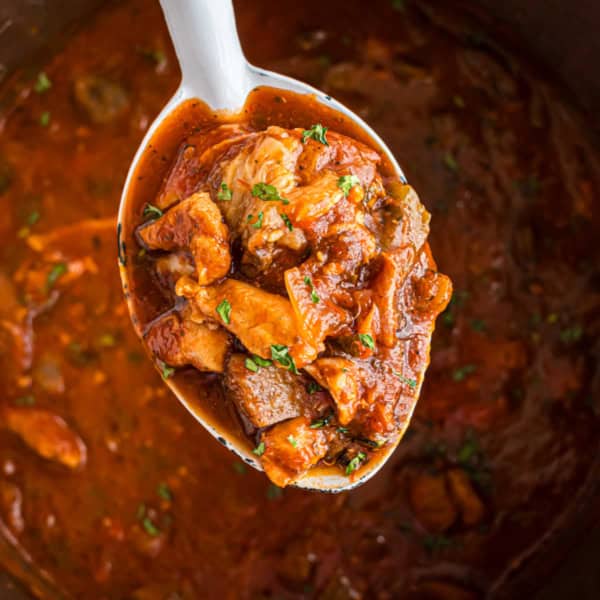 This hearty Instant Pot Chicken Cacciatore Recipe is perfect for an easy weeknight dinner. Packed with flavor from tomato based sauce, mushrooms,…
This hearty Instant Pot Chicken Cacciatore Recipe is perfect for an easy weeknight dinner. Packed with flavor from tomato based sauce, mushrooms,…
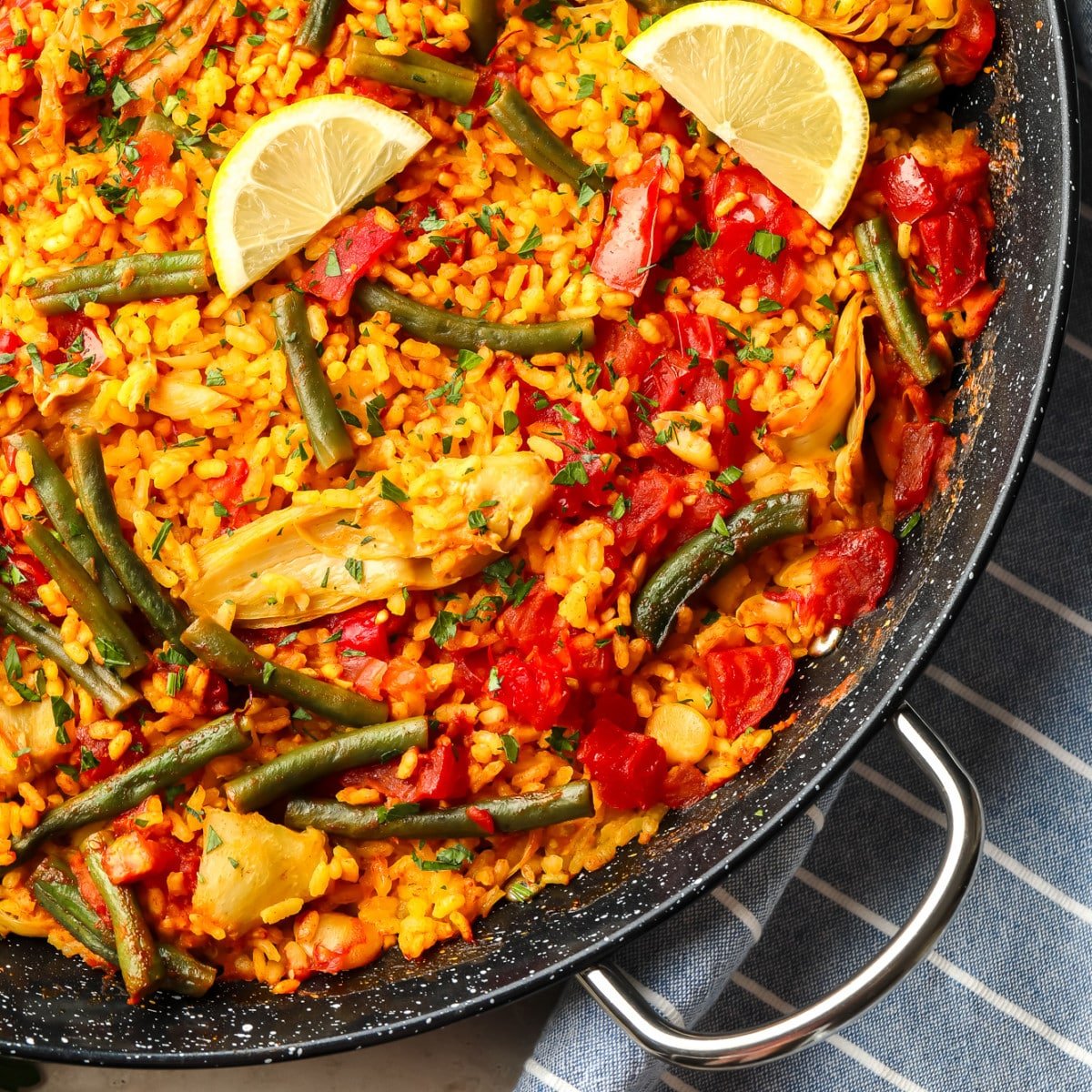 This easy one-pan Vegan Paella recipe is irresistible, with its tender saffron-infused rice, colorful vegetables, and crunchy golden brown crust. It’s a date-night worthy meal without a whole lot of effort! Paella may look like a complicated dish that only experienced Spanish chefs can master but I promise you, it’s so easy! This vegan version…
This easy one-pan Vegan Paella recipe is irresistible, with its tender saffron-infused rice, colorful vegetables, and crunchy golden brown crust. It’s a date-night worthy meal without a whole lot of effort! Paella may look like a complicated dish that only experienced Spanish chefs can master but I promise you, it’s so easy! This vegan version…
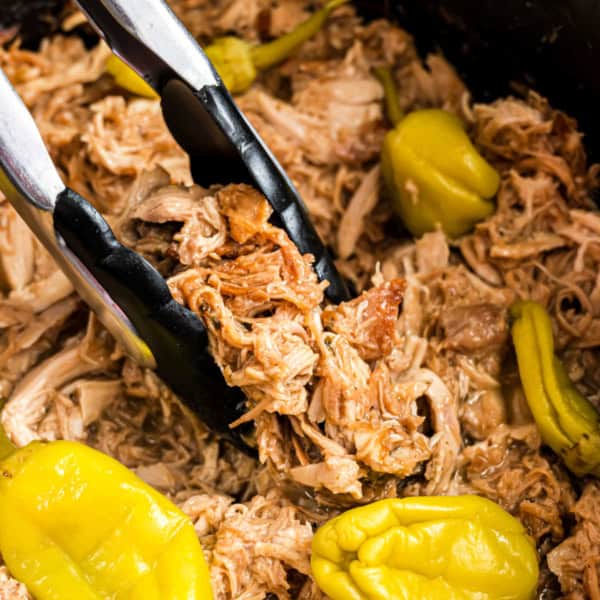 Try this simple crockpot Mississippi Chicken recipe for flavorful, tender meat that you’ll love. Simple to make and tasty. Enjoy…
Try this simple crockpot Mississippi Chicken recipe for flavorful, tender meat that you’ll love. Simple to make and tasty. Enjoy…